American car culture is a rich and diverse subculture that is centered around the modification and customization of automobiles. It consists of several distinct styles, including Lowrider, Rat Rod, Muscle, Hot Rod, Street Rod, Tuner, Luxury, and Exotic, each with its own unique features and modifications. American car culture is deeply rooted in the history of the country, with its origins dating back to the early 20th century and the rise of the automobile industry. It continues to evolve and grow, with car enthusiasts constantly pushing the boundaries of what is possible in terms of design, engineering, and performance. Today, American car culture remains a popular and vibrant part of the country’s cultural landscape, attracting millions of enthusiasts and participants.
Hot Rod
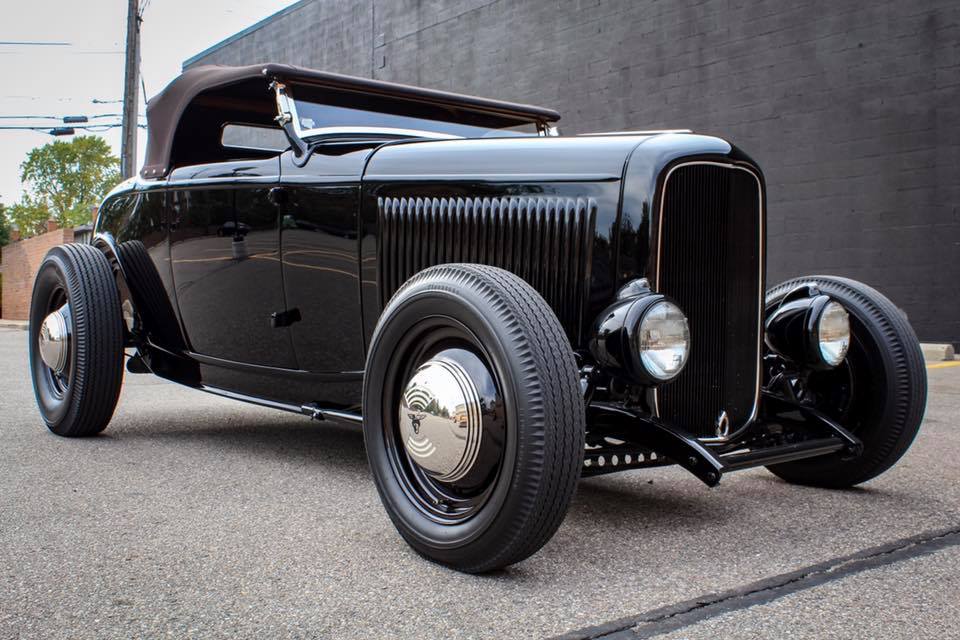
Hot rods are a type of American car culture that originated in the 1930s. These cars are modified to perform better and look different than the original models. They are usually made by taking older vehicles, and customizing them with upgraded engines, suspension, and body modifications. The origin of hot rodding can be traced back to the 1930s, when young car enthusiasts began modifying Ford Model Ts and Model As for speed and racing. Hot rodding was heavily influenced by the dry lakes racing culture in Southern California, where enthusiasts would gather to race their modified cars on the vast, flat deserts.
In the 1950s and 1960s, hot rodding became popular among car enthusiasts and became a subculture. The style of hot rodding varied from car to car, with some featuring flashy paint jobs, chrome accents, and racing stripes. There was also a focus on performance and speed, with owners customizing their engines and suspension systems to make their hot rods faster and more agile.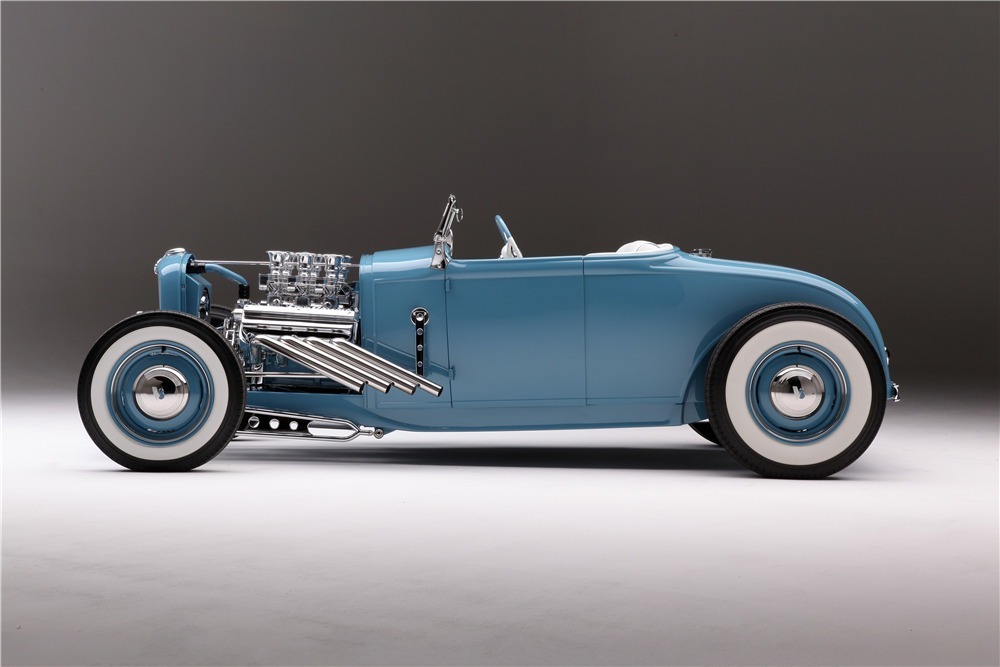 Hot rods have played a significant role in American culture and are often seen as a symbol of American ingenuity and creativity. They have been featured in movies, TV shows, and music videos, and have inspired countless car enthusiasts to build their own hot rods.
Hot rods have played a significant role in American culture and are often seen as a symbol of American ingenuity and creativity. They have been featured in movies, TV shows, and music videos, and have inspired countless car enthusiasts to build their own hot rods.
Today, hot rodding remains popular and has evolved to include a wider range of vehicles and styles. Some hot rods are designed to resemble classic muscle cars, while others are designed to look futuristic and cutting-edge. Despite the changes, hot rods still embody the spirit of American car culture and remain a beloved and iconic part of the automotive world.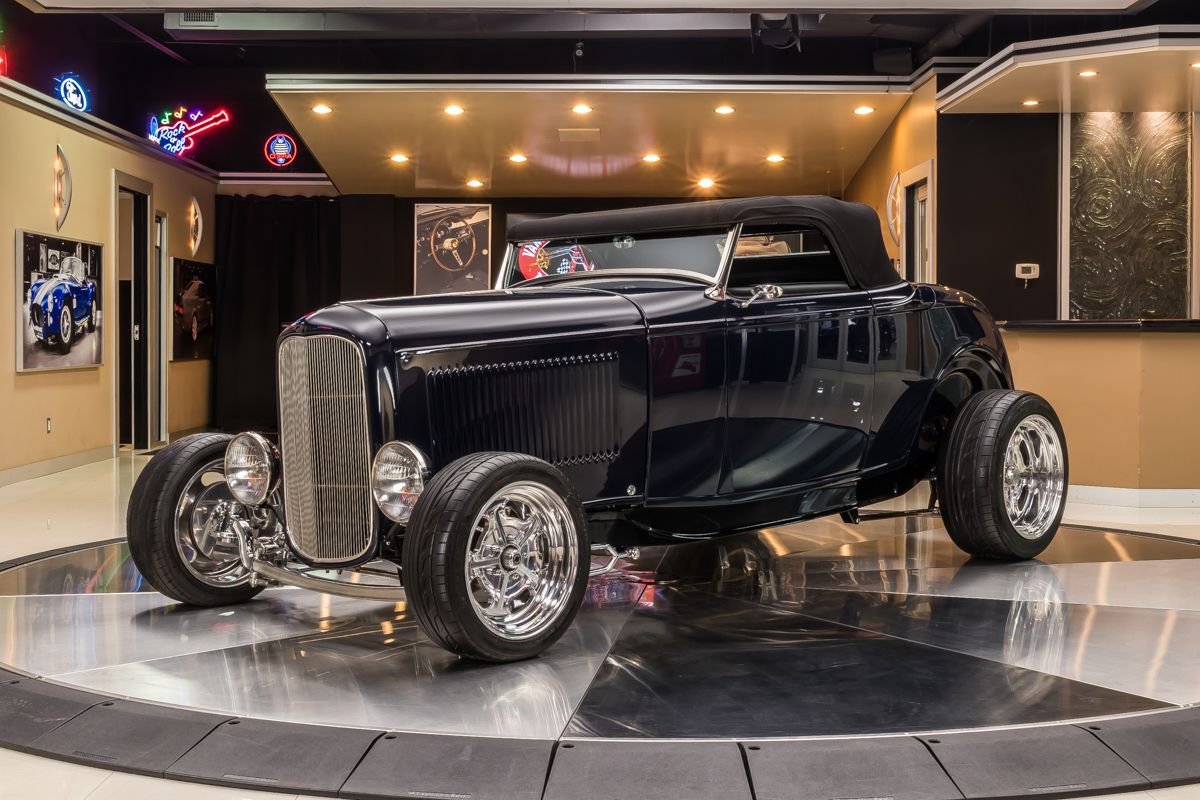
Some of the most popular makes and models for hot rodding are:
- 1932 Ford Roadster
- 1936 Ford Coupe
- 1940 Ford Coupe
- 1949-1954 Chevrolet
- 1955-1957 Chevrolet
- 1967-1969 Chevrolet Camaro
- 1970-1981 Chevrolet Camaro
- 1932-1940 Ford Pickup
- 1940-1948 Ford Pickup
- 1951-1954 Mercury
Street Rod
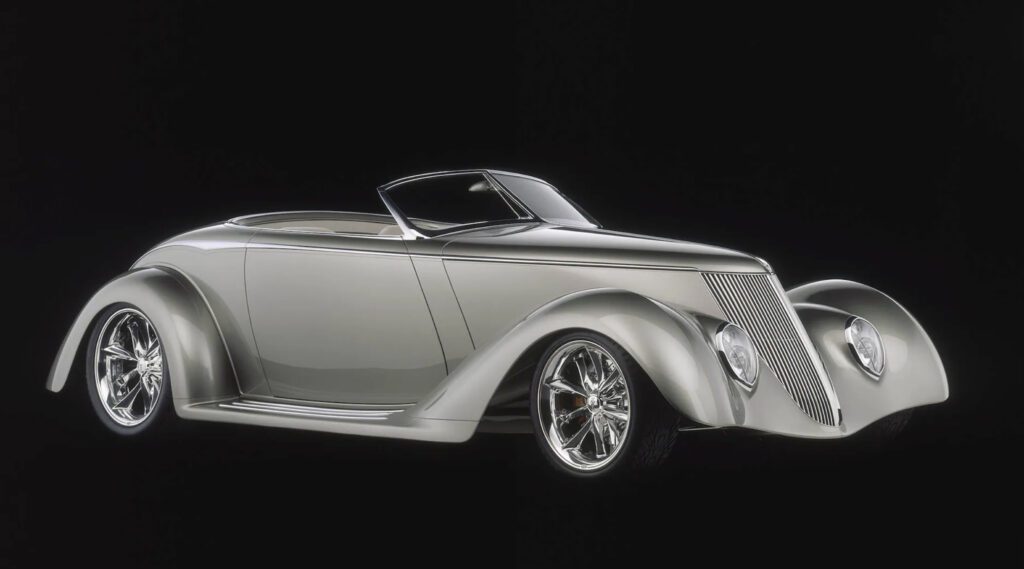
Street rods are a staple in American car culture, and they’ve been a part of the hot rod scene for decades. Typically built before 1949, have been transformed into sleek, high-performance machines that embody the spirit of American ingenuity and creativity. Typical street rods are Ford Model T’s, Model A’s, and early hot rods like the 1932 Ford. The most common type of customization added to street rods includes adding late-model engines and drivetrains, upgrading the suspension for better ride and handling, and incorporating modern amenities such as air conditioning, power steering, power brakes, and modern entertainment systems. The exterior of the car is also often modified, with changes made to the body lines and the addition of custom paint and graphics.
When it comes to customizing a street rod, the sky is the limit. Builders can choose from a wide range of modifications and upgrades, from engine swaps and suspension upgrades to custom interiors and sound systems. The type of customization is largely dependent on the owner’s personal taste, budget, and intended use for the vehicle. Some street rod enthusiasts may opt for classic, nostalgic modifications, such as fender skirts and chrome accents, while others may go for a more modern, high-performance look with sleek bodywork and aggressive tires and wheels. Ultimately, the customization options for a street rod are as varied and diverse as the people who build them.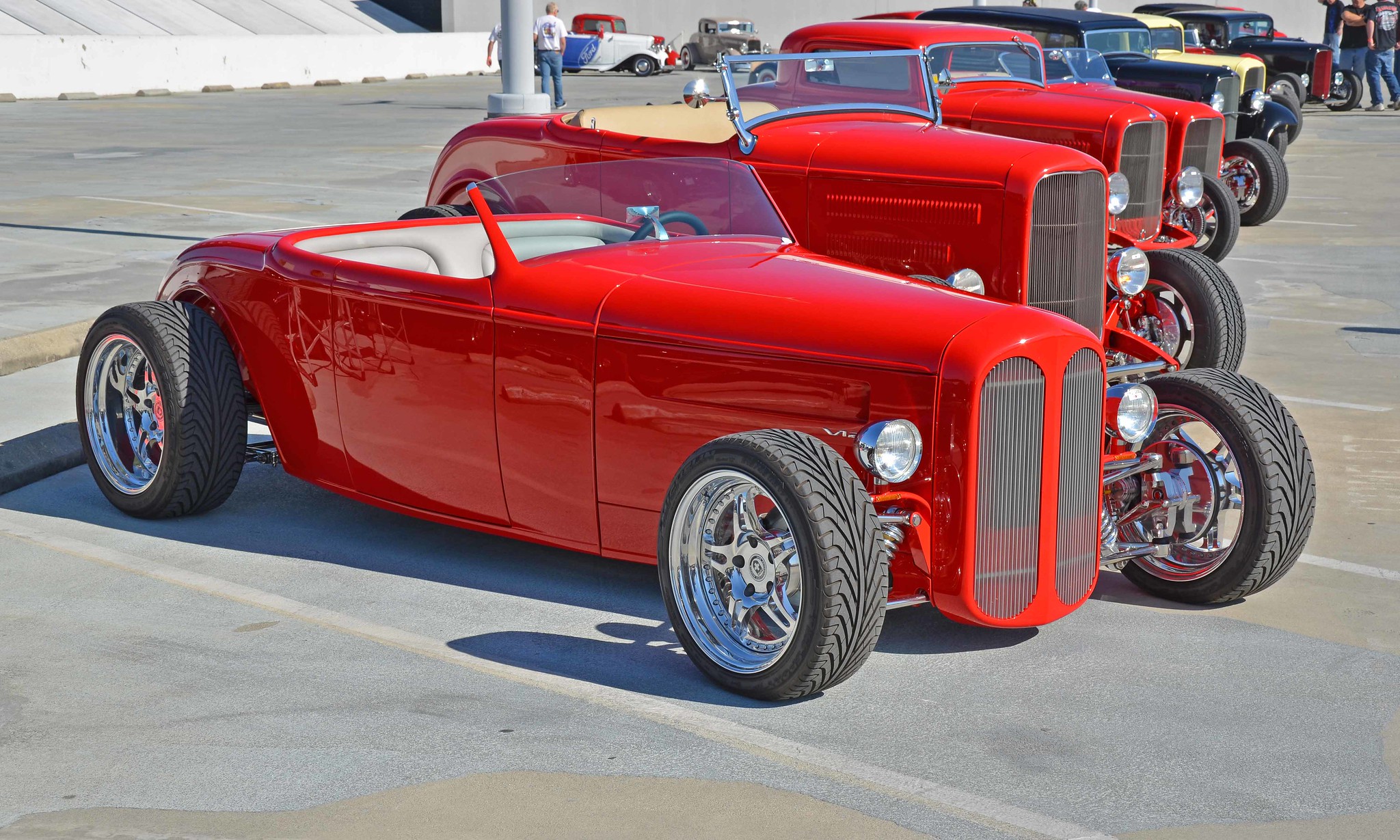 Street rodding as a subculture has its roots in the hot rod movement of the 1940s and 1950s, when young gearheads would customize their cars with hopped-up engines and custom bodywork. Over the years, street rodding has evolved into a more refined and sophisticated hobby, with an emphasis on building safe, reliable vehicles that can be driven on the street and enjoyed by families.
Street rodding as a subculture has its roots in the hot rod movement of the 1940s and 1950s, when young gearheads would customize their cars with hopped-up engines and custom bodywork. Over the years, street rodding has evolved into a more refined and sophisticated hobby, with an emphasis on building safe, reliable vehicles that can be driven on the street and enjoyed by families.
Street rods play an important role in American car culture, representing a nostalgic connection to the past and a celebration of the craftsmanship and ingenuity of car builders. Street rodding events and car shows provide an opportunity for enthusiasts to showcase their vehicles and connect with like-minded individuals. Street rods also serve as a tribute to the classic cars of the past, preserving a piece of automotive history for future generations to appreciate.
The street rod subculture has grown to encompass a wide range of vehicles and styles, from classic hot rods and rat rods to modern street machines and pro-touring vehicles. Despite the diversity, street rodders share a common passion for cars and a love of the custom car-building process. Whether it’s the thrill of turning a rusty, forgotten car into a work of art, or simply the joy of cruising down the road in a unique, personalized vehicle, street rodding is a deeply ingrained part of American car culture.
Resto Mod
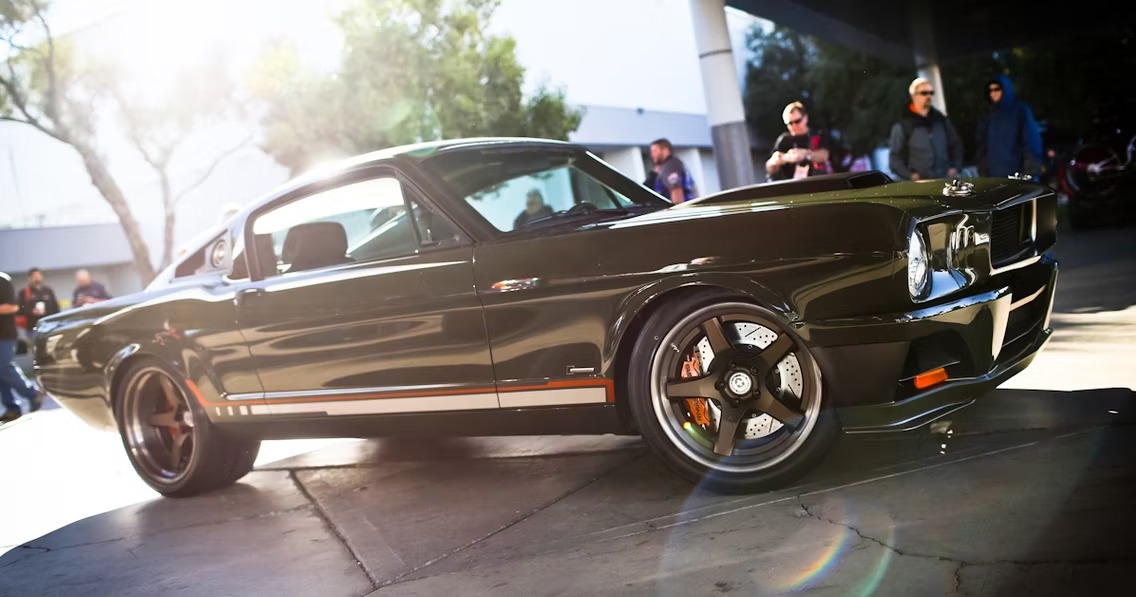
Resto Mod is a style that fits within the American modified car culture. It is a combination of the words “restoration” and “modification,” and refers to a type of car build that combines classic car styling with modern performance and technology. Resto Mods typically start with a classic car or vintage vehicle, which is then stripped down and rebuilt with modern components, such as engines, suspension systems, and electronics. 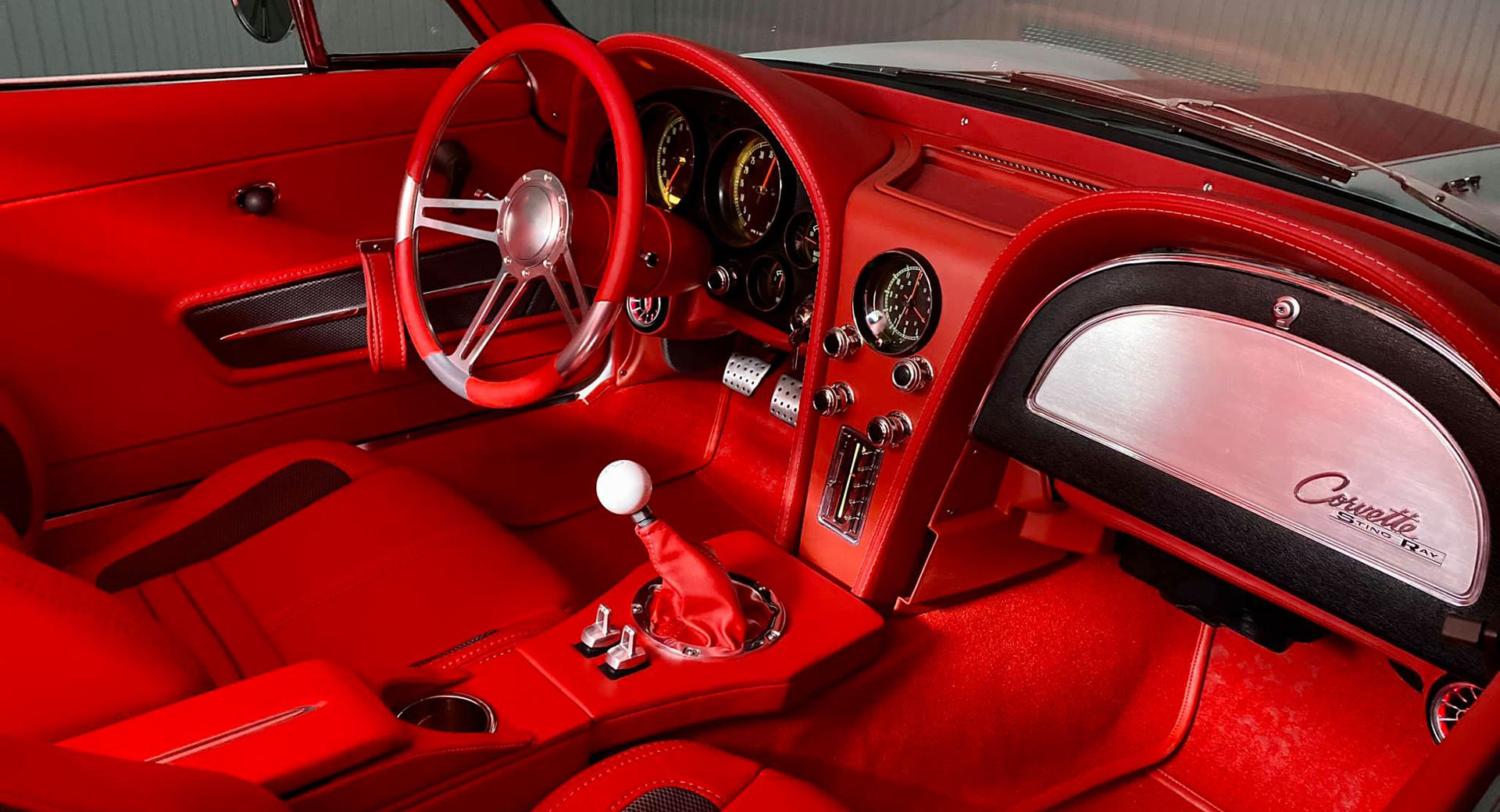
The goal of a Resto Mod build is to create a car that looks like a classic, but performs like a modern machine. Resto Mods can be found in various styles, including Muscle Cars, Hot Rods, and Street Rods, and are popular among car enthusiasts who want the best of both worlds: vintage style and modern performance.
Rat Rod
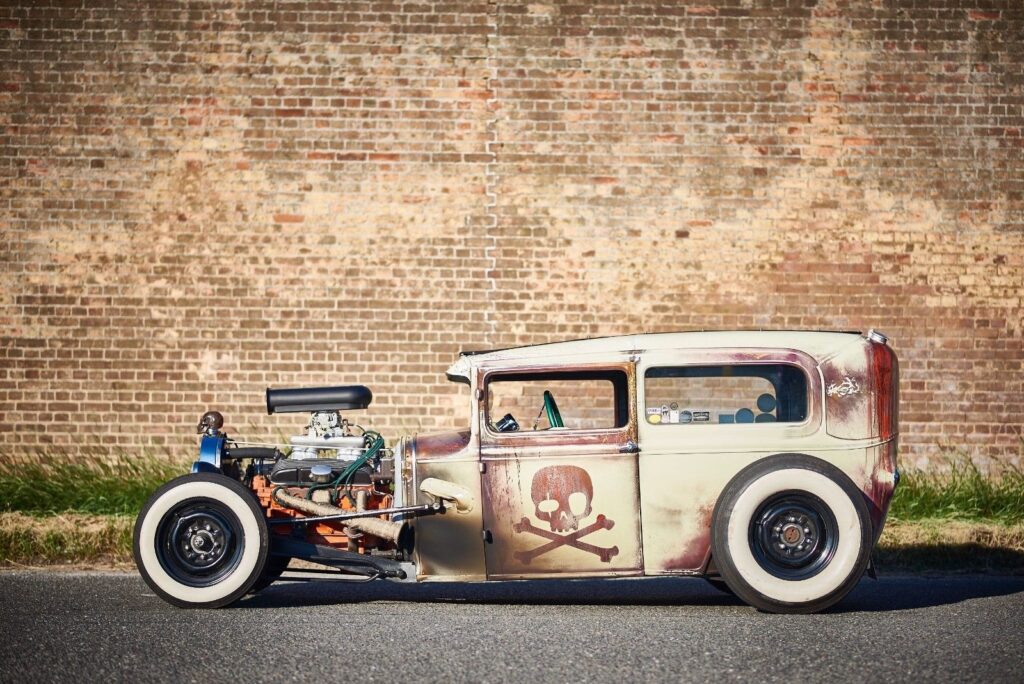
A Rat Rod is a style of hot rod, characterized by a rough, unpolished appearance, inspired by the “ratty” hot rods of the 1940s, 1950s and 1960s. They often feature a mix of vintage and modern parts, with a focus on using older, sometimes rusty, vehicles and parts as the base for customization. This style is meant to embrace the look and feel of a well-used, aged vehicle. The cars used for Rat Rods range from pre-World War II vehicles to more modern models, with a focus on pre-1960s models like the Ford Model A or the Chevrolet Tri-Five. Customization typically includes vintage or period-correct parts, and often features modifications like stripped interiors, hand-painted graphics, and exposed engines. The goal of a Rat Rod is to create an aesthetically unique, rugged and intentionally “unfinished” look.
A Rat Rod is a subculture of the hot rod community that emphasizes a rough, stripped-down, and vintage appearance, often inspired by the style of hot rods from the 1940s and 1950s. The Rat Rod movement began in the 1990s and gained popularity in the 2000s as a counter-movement to the highly polished and customized hot rods of the time.
Rat Rods are typically built using older or classic vehicles, such as Model T, Model A, and early 1960s cars, which are customized with a focus on rust, patina, and other signs of aging. The style often incorporates rough metal, rough primer, and weathered paint, as well as intentionally exposed metal and rusty finishes.
The customization of Rat Rods can vary, but often includes modifications to the engine, suspension, and interior, as well as the addition of unique features such as distinctive wheels and tires, fenders, grilles, and hood ornaments. Many Rat Rods also feature custom or hand-made parts, such as exhaust systems, steering columns, and shifters.
In terms of performance, Rat Rods often have a raw, high-power engine and a performance-oriented suspension, giving them a rough and aggressive look and feel. Some Rat Rods are also designed for racing, with modifications that make them faster and more powerful.
Overall, Rat Rods are a symbol of rebellion and individuality in the hot rod community, and a celebration of the raw and rugged style of classic American cars.
Hot Rod & Street Rod Terminology
The Shoe Box: A passenger car produced by Ford from 1949-1951.
Channeling: A technique of lowering a car’s profile by dropping the body over the framerail.
Banjo-style Steering Wheel: A steering wheel that resembles the strings of a banjo in its design.
Lowered Axle: A modification to reduce the height of a vehicle by relocating the axle and kingpin in relation to the frame.
Independent Front Suspension (IFS): A type of front suspension system featuring upper and lower control arms.
Auburn Dash Insert: An instrument panel in a street rod, taken from a Auburn car.
Cycle Fenders: Fenders specifically designed for open wheel vehicles, required by some states.
Duvall Windshield: A windshield commonly used in the boat industry, now popular in street rods.
Sprint Car Steering Box: A steering system that utilizes a sprint car wheel and side steering mechanism.
Suicide Front End: A front suspension design where the tie rods are located in front of the axle and the steering arms are reversed.
Illuminated Blue Dots: Lights that emit a blue glow, creating a purple effect on the taillights.
Stanchions: An alternative to a headlight bar that positions the lights lower and closer to the body.
Traffic Light Viewer: A device for improved visibility of traffic lights in heavily chopped vehicles.
Woody: A vehicle partially made from wood, can be a passenger car or truck.
Cabriolet: A car with a fixed top and roll-up windows, reminiscent of a roadster.
Friction Shock: A shock absorber that operates by dampening spring travel, preceding the tube shock.
Drilled I-Beam Axle: An I-beam axle with decorative holes drilled into it.
Ford Three-Window Coupe: A Ford body style produced starting in 1932.
Frenched: The act of recessing lights or antennae into the body of a vehicle.
Lakes Pipes: A 1950s era exhaust system used by racers on dry lakes, to uncap the exhaust.
Sedan: A body style specific to passenger cars, not a coupe or roadster.
Lowering Headlight Bar: A modification that reduces the height of the headlights for a sleeker profile.
Suicide Doors: Doors that open towards the front of the car.
Finned Brake Drum: A brake drum with fins, often concealing a disc brake.
Nailhead: A nickname for the Buick V-8 engine, due to its valve appearance in the cylinder head.
Cowl Light: An optional feature on 1930 and later cars, now a popular component in resto-rods.
Visor: A sun visor, standard on 1928-1931 Model A coupes, sedans, and pickups.
Model A: A line of Ford passenger cars and trucks manufactured from 1928-1931.
Hairpin Suspension: An updated suspension system for early Fords, replacing the original radius rods.
Painted Steelies, Wide Whites, and Flipper Hub Caps: A classic hot rod wheel and tire setup featuring painted steel rims, wide white-wall tires, and flipper hubcaps.
Lowrider
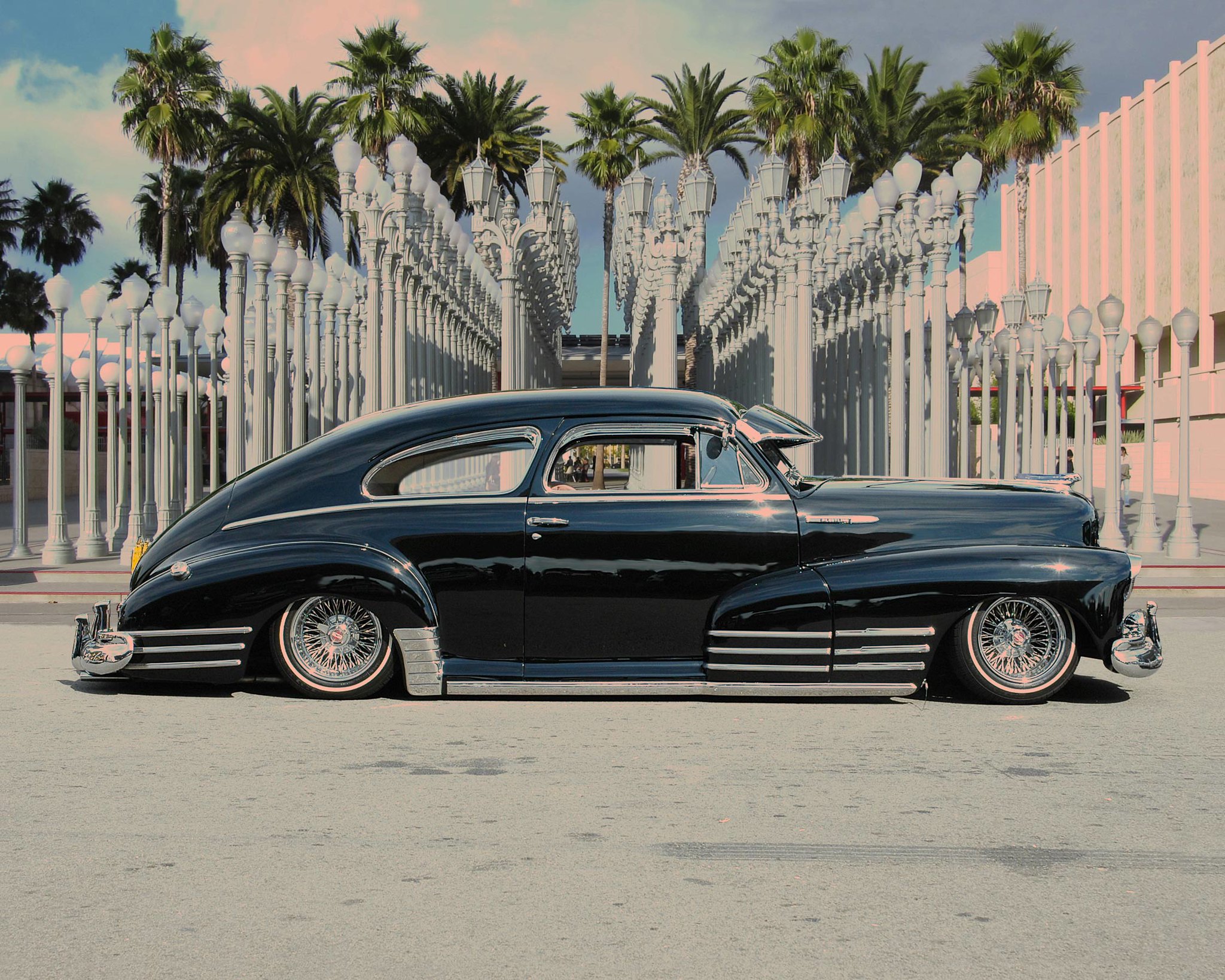
Lowriders are a unique type of car that have been modified to have a much lower ride height compared to the original design. They originated in the 1940s in Mexican American communities in California, and have since become a cultural icon in the United States, particularly in Hispanic communities. The popularity of lowriders can be traced back to the post-World War II era, when young Mexican Americans in Los Angeles modified their cars to give them a more personalized look.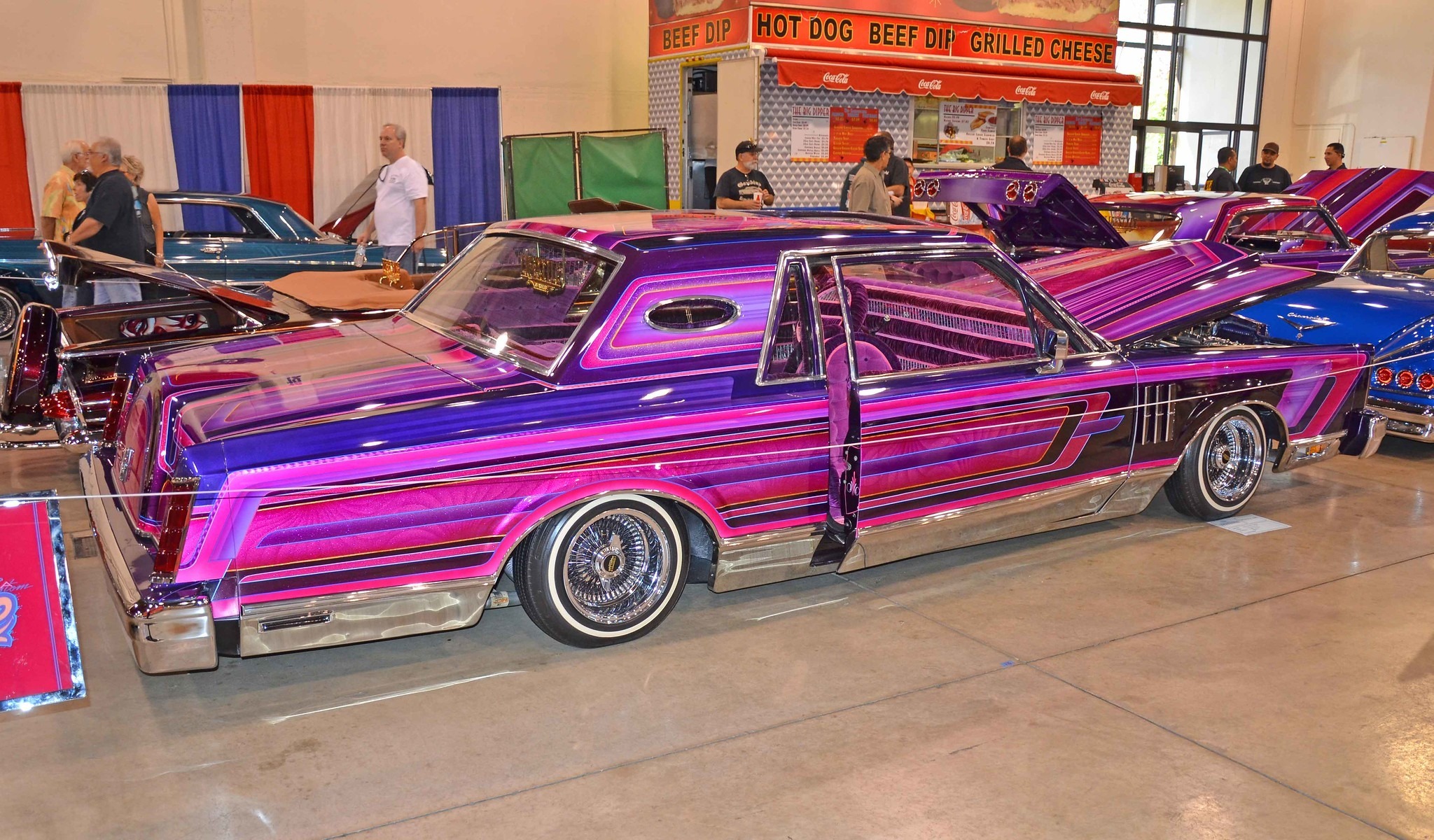 Lowriders are known for their elaborate and flashy design, which often includes customized paint jobs, chrome accents, and intricate interiors. Many lowriders are covered in airbrushed murals or highly detailed often airbrushed graphics, making them a rolling piece of artwork. The cars are often driven at slow speeds and are used for cruising and car shows, where they are displayed and admired for their unique look and design.
Lowriders are known for their elaborate and flashy design, which often includes customized paint jobs, chrome accents, and intricate interiors. Many lowriders are covered in airbrushed murals or highly detailed often airbrushed graphics, making them a rolling piece of artwork. The cars are often driven at slow speeds and are used for cruising and car shows, where they are displayed and admired for their unique look and design.
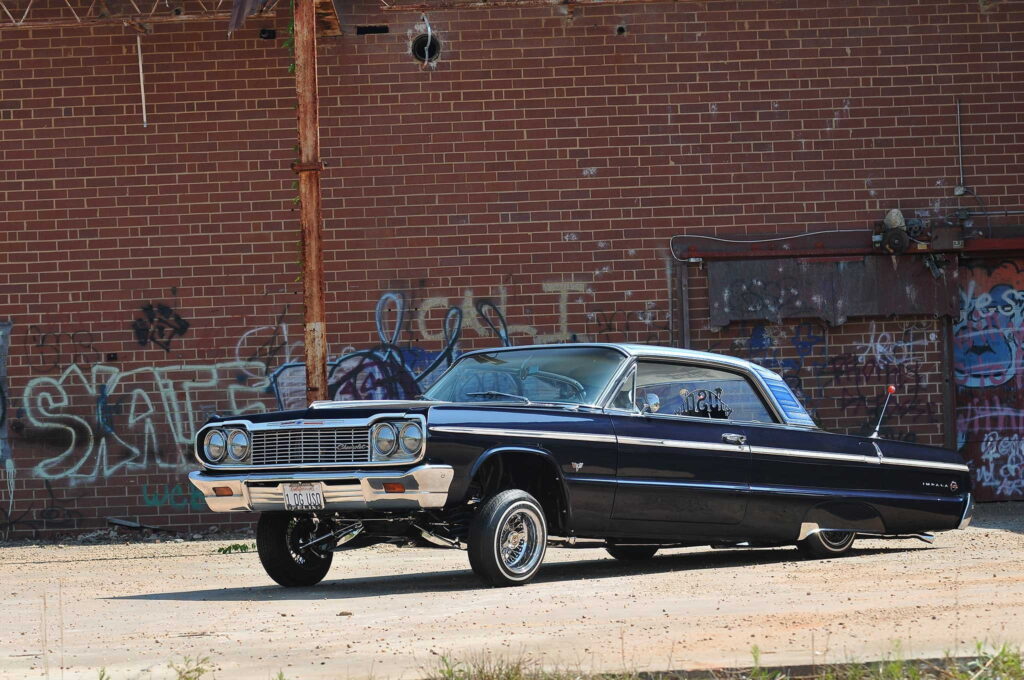
Popular makes and models that are converted into lowriders include classic American vehicles such as Chevrolet Impalas, Cadillac Eldorados, and Buick Regals, especially the Impala’s of the 60s. These cars are often seen as symbols of Americana, and their timeless design makes them popular choices for lowrider enthusiasts. The use of hydraulic systems to control the ride height and make the car “bounce” is a key feature of lowriders, and adds to the dynamic look of the car. The hydraulic system allows the driver to control the height of the car and make it “dance” by adjusting the pressure in the suspension. 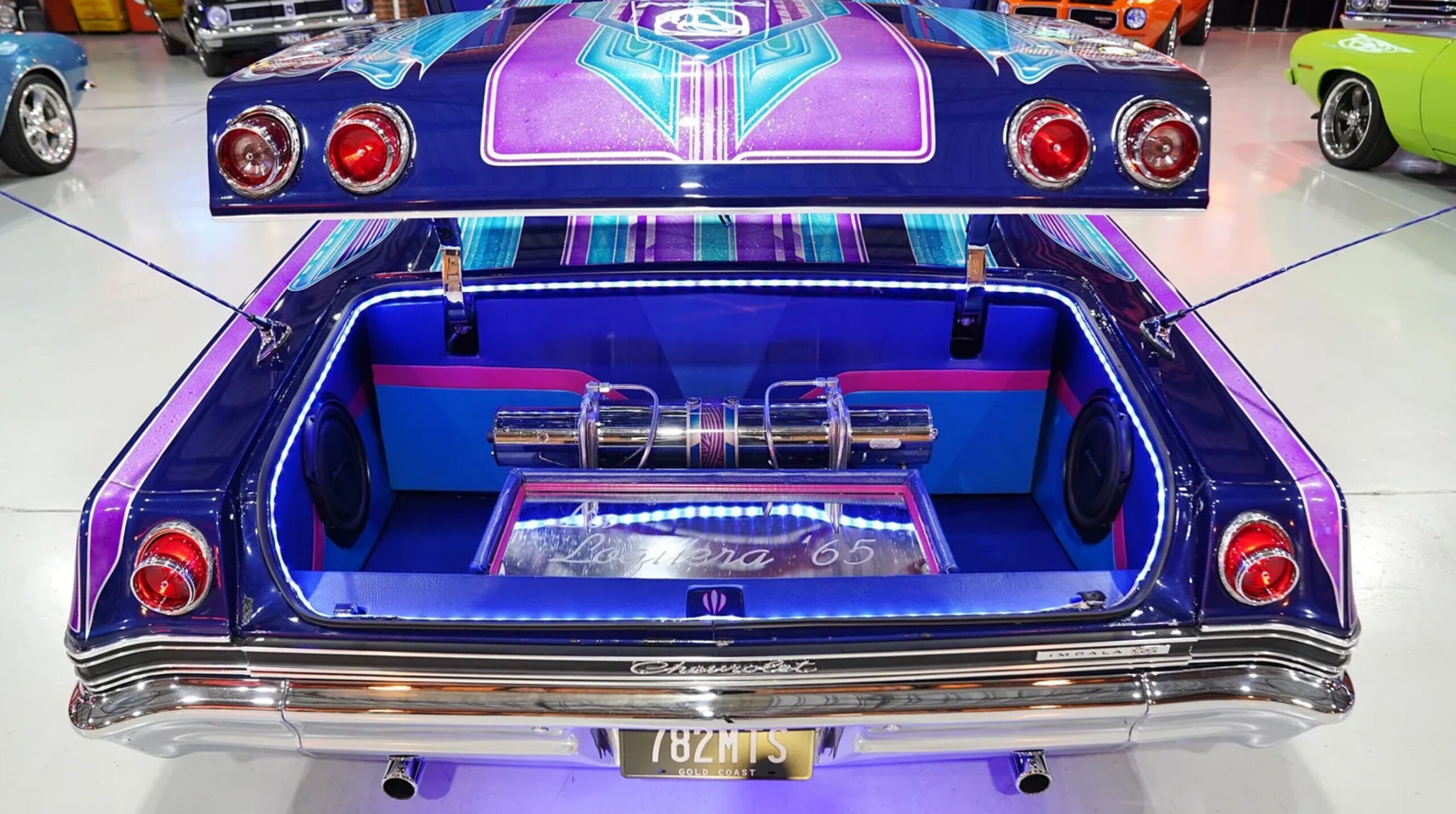
Wire wheels are a type of custom wheel that are widely used in the lowrider subculture. They are known for their unique design, attention to detail, and superior performance characteristics, and they are an important aspect of the customization process for many lowrider enthusiasts.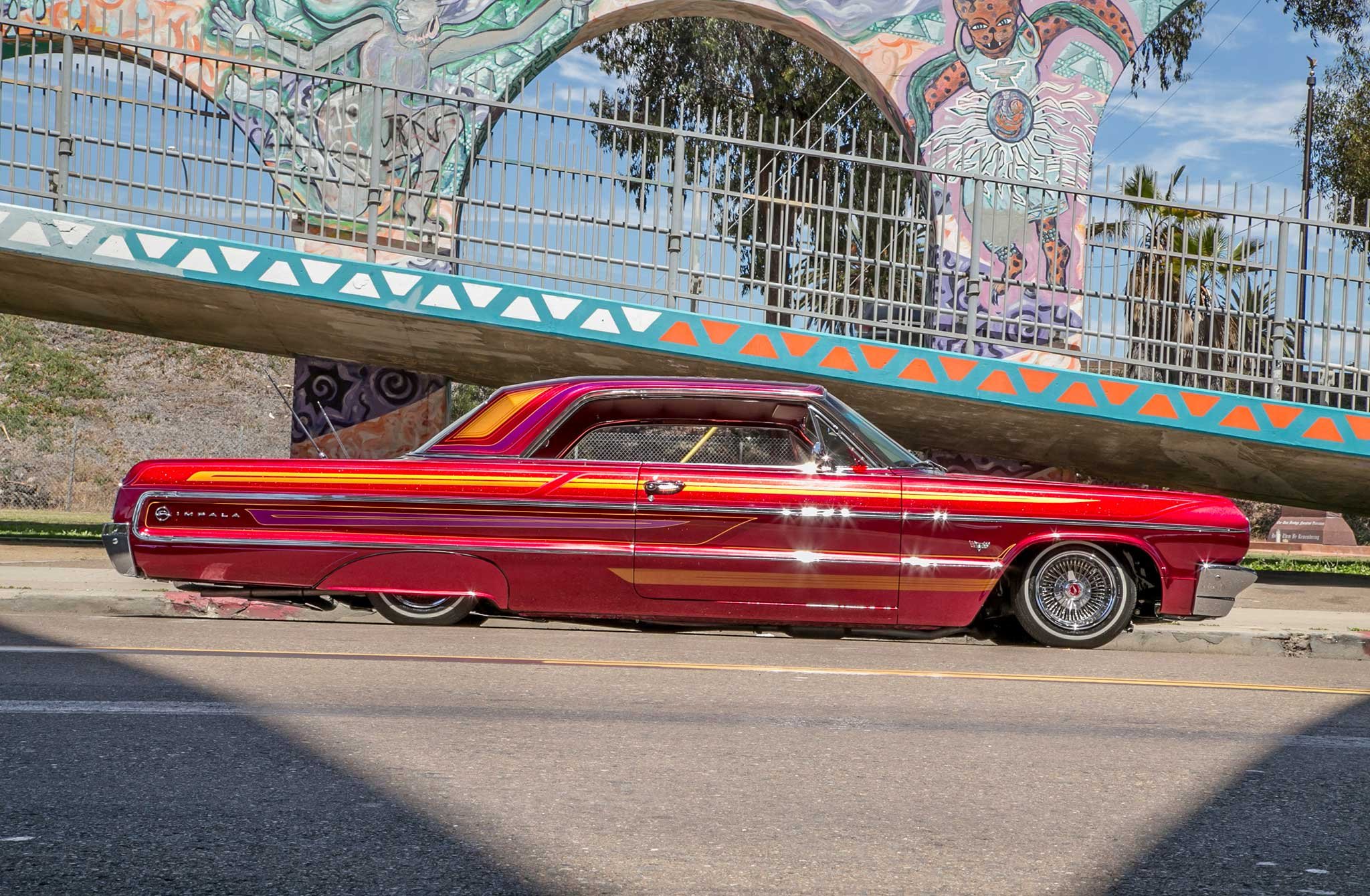
Lowriders are most popular in areas with large Hispanic populations, particularly in the southwestern United States, but they can be found all over the country. The lowrider subculture is a vibrant and active community, with car clubs and events dedicated to the preservation and celebration of this unique American icon. Whether you are a fan of classic American cars, or simply appreciate the art and craftsmanship that goes into creating a lowrider, this subculture is sure to capture your imagination.



Leave a Reply